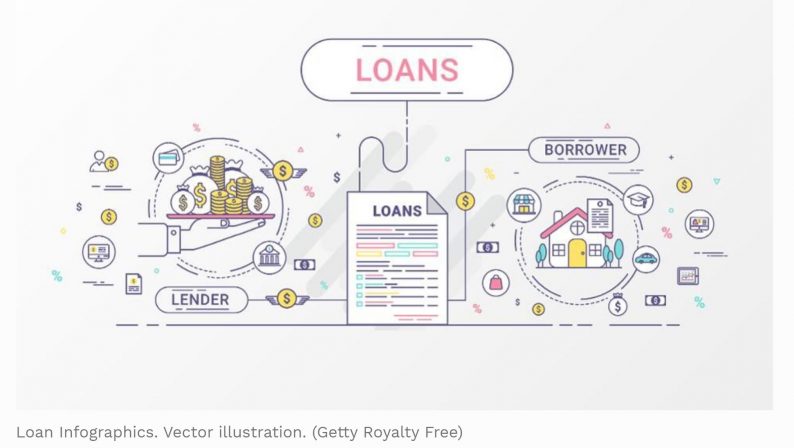
A relative asked me about a pitch from her financial advisor that seemed too good to be true: an investment that enhanced returns when the stock market was up, and protected against downside risk at the same time. Some are called buffered return enhanced notes, some are called buffered accelerated market participation securities (a trademarked term). Too good to be true? Well, let’s just say the truth is uglier than the image.
I ran some numbers and found this is a terrible investment choice.
Here’s the concept of the notes, though specific issues from different brokers will have different details.
Instead of paying interest and returning the principle, as plain notes do, these notes return an amount tied to a stock market index. The amount paid at maturity may be less than the amount invested.
The stock market index used to calculate the investor’s return could be the anything like the S&P 500, a small-cap index, or an international index.
Term of the note is often 18 months or two years, though it can be longer or shorter.
If the index is up, the return is enhanced. The note I looked at doubled the return of the index, meaning that a three percent gain in the index would give the investor six percent gain, and the return of all principle.
The return is capped. For example, the S&P 500 cap was 17.4%. Any total return between zero and 8.7% was doubled; any return over 8.7% was set at 17.4%. Even if the index gained 30%, the investor’s return was limited to 17.4%.
Losses are buffered. In the note I looked at, any loss worse than 10% would be improved by 10%. So a 30% loss in the index would be a 20% loss to the investor.
The note has no collateral. If the issuer goes bankrupt, the investor is just another creditor, even if the stock market has risen.
The investor receives no dividends, as an owner an index mutual fund or exchange-traded fund would receive.
In analyzing this note, I was agnostic about the future of the stock market over the next two years. I don’t think anyone is good at forecasting returns over this time horizon, so my analysis was based on long-run patterns. (Below I’ll discuss strategy if you think this note is well suited to your stock market forecast.)














Leave A Comment